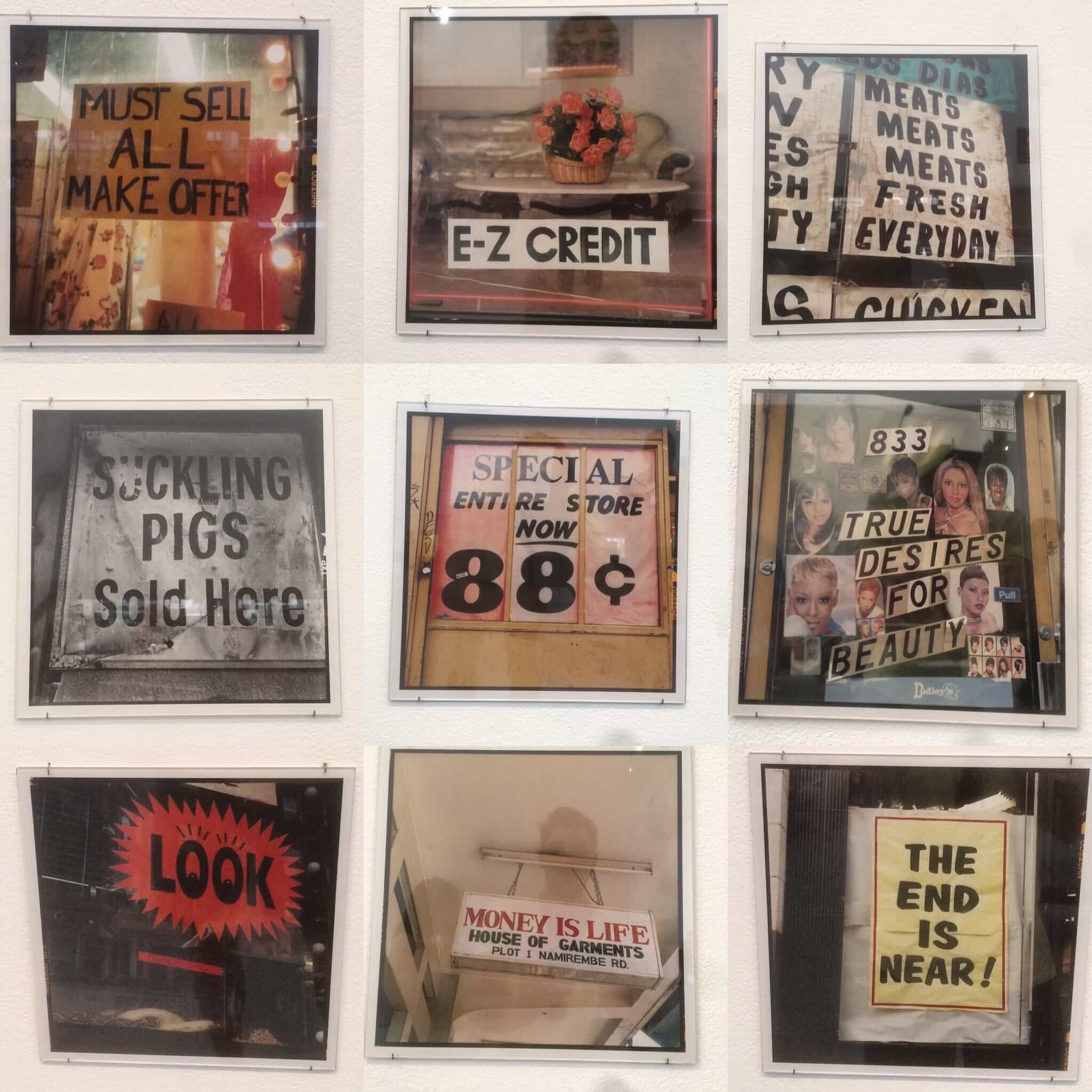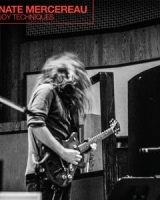From the book of poems “Death Of Art”
yes we’re open
(after “Analogue”)
lining & trimming
everything for men hard
to get items cash used
jewelry come back adding
machines serve yourself
we have ice family meats
meats meats meats fresh
everyday instant
repair must
sell all make
offer & save we
drop off pick up
one hour photo fade
shave boys cut flat top senior citizen
the end is near
please remember to return
child welcome
permanent eyeliners top & bottom
soft hair it relaxes
we accept stamps
true desires of beauty
does not fade in water
half off new issues & prints
unisex images peep world
cosmos for rent
boys for rent
citizens for rent
everything for
men for rent
we sell at cheap price
quality & reliability
soft hair
permanent eyelashes
permanent lip liner
live poultry
last wash
suckling pigs
true desires
with two time
FREE retouch electrical
appliances for the home
it relaxes yes
we’re open
entire store now
88 cents on special
child issues
drop off pick up
money is life
please remember to return
please money
please remember money
is near pick up
drop off remember
money is the end

From the halls of the MoMA in midtown Manhattan, 2015, the poet Chris Campanioni uses his iPhone to capture a visual dialogue from NYC’s Lower East Side circa 1970s-80s.
Original photos from ZOE LEONARD “Analogue” re-appropriated by CHRIS CAMPANIONI
Context in offering to the poem Yes We’re Open (after “Analogue”)
Language lives, breathes, ebbs and flows through the course of our human experience and interaction. I’ve always been interested in the liminality of language that exists in the interferences of our daily lives. I’m interested in these interruptions, and the revelations that occur because of them, especially because we typically think of interruptions as impediments or obstructions, not necessary progressions and transgressions toward an unintended epiphany. In our daily lives, in 2016, that means reappropriating the found language and noise of an always-on culture; a culture in which we are simultaneously embodied and disembodied by technology.
In the same way that the very concept of art—its production and consumption—was affected by its mechanical reproduction, as Walter Benjamin noted, in his 1936 essay “The Work of Art in the Age of Mechanical Reproduction,” today the Internet allows for unprecedented innovation through form and language, the breakdown of signs and syntax via simulacrum and its simultaneous fragmentation. A screenshot re-contextualized for the masses could be a political statement, what the Situationists intended in 1960 and probably long before the dérive arrived as an opportunity to walk through the city on a curve: total participation inside and outside of the environment and its cultural (con)text. Versions and perversions.
Erasure, pastiche, montage, and the re-appropriation of cultural signs and signatures is becoming more commonplace through the Internet because of the emphasis on contribution and open-sourced collaboration, or at least the prospect for it on our various social networks, dialed up and broad-bound. The cut-up was embedded into the fabric of art long before Brion Gysin “discovered” it while flipping through the newspaper and William S. Burroughs adopted the method in his fiction, but in our cut-and-paste culture, it’s become easier to reevaluate form and content, and especially the frame through which we view both. In this way, perspectives converge and collide, and the upshot to all of these interferences is a dialogue that would never have existed if not for its call and response.
Almost all the photographs on view at Manhattan’s Museum of Modern Art’s “Analogue” exhibit, from artist Zoe Leonard, depict abandoned Lower East Side storefronts and their cryptic signatures that begin to form its own narrative after my reproduction and re-arrangement, either via lineation or through the breakdown of sign and syntax. In this way, the title poem reflects the exhibit it is responding to. “Yes we’re open” is an invitation to salvage and redeem, bridging New York City’s Lower East Side of the 1970s and 80s with its present, commodified and industrialized form. “Analogue” exhibited last summer at the MoMA for two months and two days; on the Internet, like everything else, its arrangement, and subsequent rearrangement, remains eternal. I like to imagine the response of the reader; how will they cut into “yes we’re open”? And what will the next reproduction reveal?
– Chris Campanioni
Brooklyn, April 14th, 2016
Click here to preorder Chris Campanioni’s book of poetry, Death Of Art, published by C&R Press.

